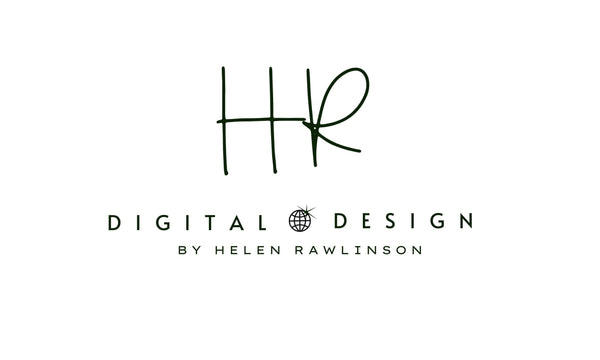What is a domain name? A simple guide for small businesses
If you’re new to websites, a domain name is one of the first things you’ll need to understand. Put simply, a domain name is the web address people type into their browser to find your site. For example, hrdigitaldesign.com is a domain name.
Your domain is one of the first impressions people have of your business online. It helps with credibility, discoverability and branding, so choosing and setting it up the right way matters. Below is a straightforward, step-by-step guide to buying a domain and the basics you should do once you have it.
Best practice for domain names
- Keep it short and simple. Shorter names are easier to remember and less likely to be typed wrong.
- Make it easy to spell. Avoid unusual spellings, punctuation or long strings of words that are easy to get wrong.
- Choose the right extension. In the UK, .co.uk is common and trusted. .com is useful if you plan to sell internationally. There are many other extensions, but stick with something familiar if you can.
- Avoid numbers and hyphens if possible. They are easy to misread and can look less professional.
- Consider keywords sensibly. Including a relevant word (for example, “bakery” or “plumber”) can help people understand what you do, but don’t force it at the cost of a clean name.
- Think long term. Choose a name that will still be relevant in a few years as your business grows.
- Protect your brand. If you can afford it, buy common misspellings or related domain extensions to avoid confusion or impersonation.
How to buy a domain — step by step
These steps are general and will work with most domain registrars. Two commonly used registrars are GoDaddy and IONOS, but other registrars are available (for example Namecheap, Google Domains and many hosting companies).
- Decide on a shortlist of names. Write down two or three options in case your first choice is already taken.
- Visit a registrar. Go to GoDaddy, IONOS or another registrar of your choice. Use their search box to type in your preferred domain name.
- Check availability. The registrar will tell you if the domain is available. If it is not, it will usually suggest alternatives or different extensions.
- Compare options. Some registrars offer a lower first-year price, then a higher renewal fee, so check renewal costs.
- Add to cart and choose registration length. You will usually be offered 1 year, 2 years or more. Registering for 2 or 3 years avoids having to renew every year.
- Add domain privacy if you want it. This hides your personal contact details from the public WHOIS database.
- Create an account and pay. Use an account you can access later, and save the login details!!!
- Verify your email. Many registrars will send an email asking you to verify your contact details. Do this promptly to avoid issues later.
- Set auto-renew. Turn on auto-renew in the registrar dashboard so you do not accidentally lose the domain.
After purchase — essential next steps
- Update contact details. Make sure the registrar has your correct email and phone number.
- Set auto-renew and add payment details. This prevents accidental expiry.
- Set up email (if needed). If you want a business email like hello@yourdomain.co.uk, you can set this up via the registrar you used for your domain name or you can do it elsewhere like Google Workspace, Microsoft 365 or an email hosting provider.
- Keep a record. Save copies of invoices and your login details in a secure place.
Glossary
-
Domain name - the readable web address people type into a browser, for example yourbusiness.co.uk.
-
Registrar - a company that sells domain names (for example GoDaddy or IONOS). Other registrars are available.
-
TLD (top-level domain) - the end of the domain such as .co.uk, .com, .uk, .online.
- WHOIS - a public database showing the registered owner of a domain. Privacy protection hides this info.
- Auto-renew - a setting to automatically renew your domain registration so you do not lose it.
-
Transfer - moving a domain from one registrar to another.
